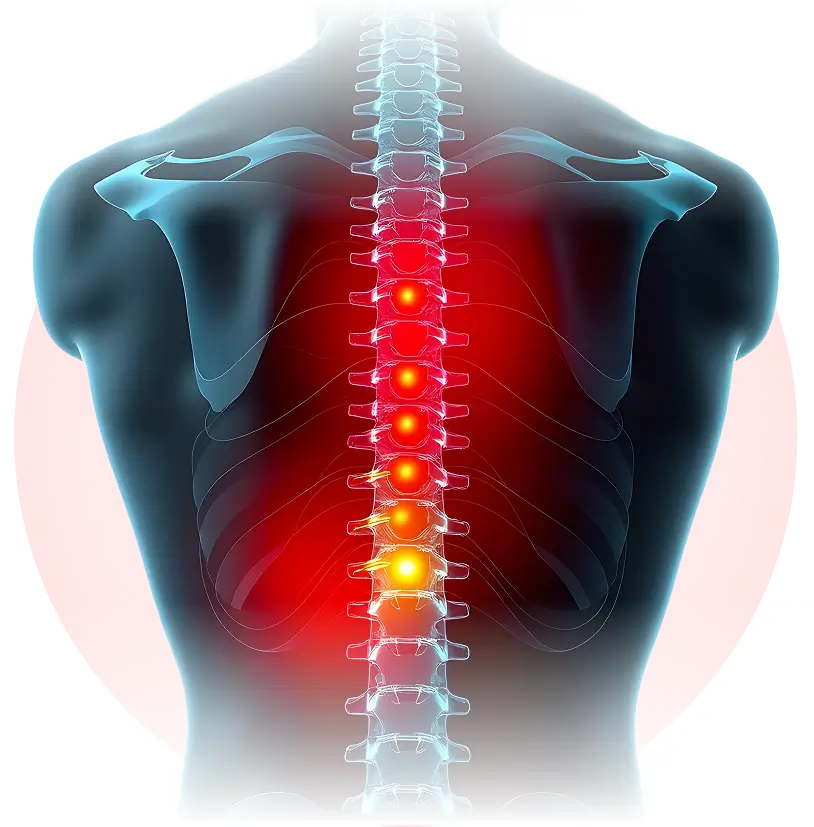Spinal Stenosis Relief in Dallas — Regain Your Stride
Spinal stenosis occurs when arthritis, disc bulges, or ligament thickening narrow the spinal canal. Nerves become crowded, leading to heaviness, tingling, or burning in the legs—a pattern called neurogenic claudication. Sitting or leaning forward may relieve symptoms, but lasting improvement comes from identifying and treating the cause.

Heaviness or
tingling in legs
after short walks
Relief when
sitting/leaning
forward
Numbness or
burning in calves/
feet
Walking distance
becomes
progressively shorter
Posture training &
activity pacing
Multimodality therapy (core rehab, PT, anti-inflammatory care, lifestyle modification)
Fluoroscopy-guided epidural or selective nerve-root blocks
Lumbar decompression surgery; fusion added only if instability or slippage exists
Request Your Same-Day Spinal Stenosis Evaluation
Don’t wait in pain — our expert spine specialists are available for same-day evaluations.
If walking is limited to 100 yards or less before pain or heaviness, schedule a same-day evaluation. See Spinal Fusion and Lumbar Decompression.
Yes—posture training, activity modification, and injections relieve many patients. See PT & Rehab.
A fluoroscopy-guided injection that targets a specific compressed nerve root to confirm diagnosis and provide relief. See Epidural Injections.
If symptoms persist despite therapy and injections, or if weakness progresses, minimally invasive decompression restores space and relieves pressure. See Lumbar Laminectomy.
Only if you have instability (spondylolisthesis or slippage). Less than 20% of patients need fusion. See Spondylolisthesis.
Many patients resume walking within days and gradually increase activity over 4–6 weeks. See Non-Surgical Therapies.